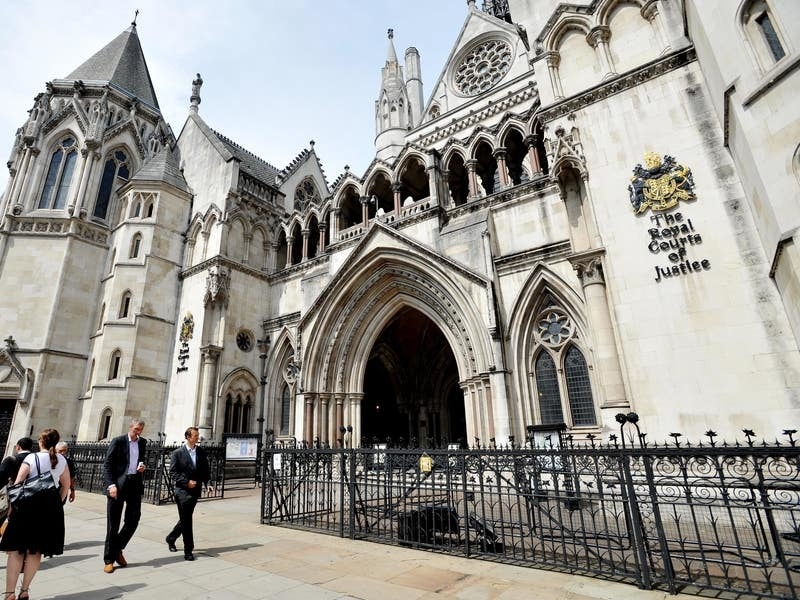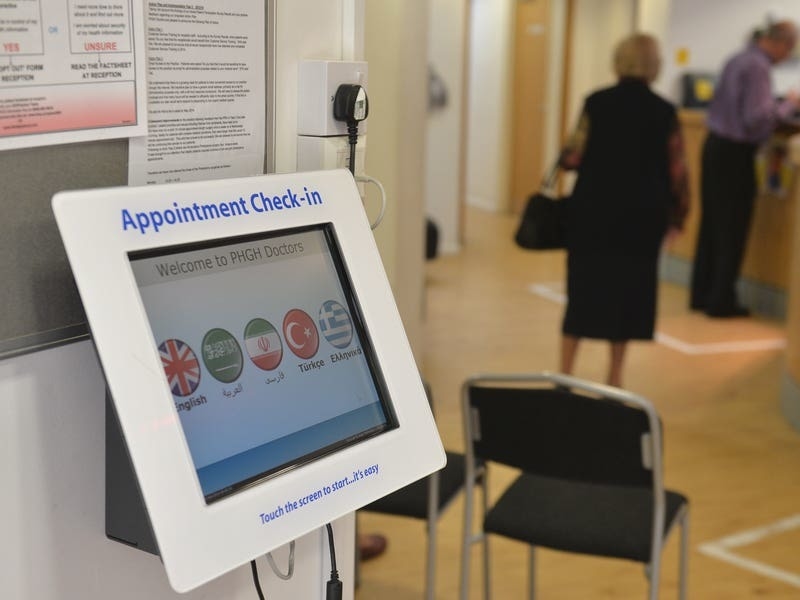The number of deaths from flu has risen to 155 this winter, the latest figures show.
Public Health England (PHE) said rates of the illness have stabilised over the last week, with a 12% reduction in the flu hospitalisation rate and a 14% drop in the intensive care admission rate.
Richard Pebody, acting head of the respiratory diseases department at PHE, said the signs were that flu activity is starting to peak.
An estimated 31,500 patients at least visited their doctor with influenza-like illness in England last week, the Royal College of GPs said.
NHS England said there had been a “sharp increase” in the number of bed closures due to norovirus or diarrhoea and vomiting from an average of 621 to 742 beds a day.
It said a “marked increase” in the number of reports of norovirus in recent weeks meant they were now above the five-year average for this week.
Bed occupancy levels were also high, at 94.8%.
Dr Pebody said: “We are continuing to see flu circulate, however rates across most indicators have remained relatively stable and signs are that flu activity is starting to peak.
“Rates of vaccination across all those eligible for the vaccine have increased on last season and we have vaccinated an additional one-and-a-half million people.
“The best form of protection against flu is to get the vaccine if you are eligible and to practise good respiratory and hand hygiene.”
The main strains circulating continue to be flu A(H3N2), known as Aussie flu, A(H1N1), known as swine flu, and flu B.
PHE said that while this is the most significant flu season since 2010 to 2011 in terms of GP activity, it is less severe at this stage.
In terms of the impact on excess mortality, it has not reached the levels seen in 2014 to 2015 and 2016 to 2017.
Norovirus is very infectious and the consequences of an outbreak can have serious repercussions #ThinkNORO https://t.co/7oGtFBddS4 pic.twitter.com/t6lTavX4FF
— NHS England SW (@NHSEnglandSW) January 24, 2018
Figures released by NHS England show there were 11,000 ambulance delays of more than 30 minutes this week, down from 12,600 last week.
Of these, 2,200 patients were left waiting inside an ambulance at A&E for more than an hour, down from 2,600 the previous week. Patients are meant to be handed over within 15 minutes of arrival at an emergency department.
Dr Nick Scriven, president of the Society for Acute Medicine, said NHS staff were left “anxious and depressed” under the strain.
“In our own recent survey, more than three-quarters of clinicians working in acute medicine felt their hospitals were not adequately prepared for winter this year and 28% felt in a worse position than last year,” he said.
“The major concerns raised were a lack of beds, inability of emergency departments to cope with numbers, and staffing shortages among nurses and junior doctors. We need a system redesign, not baseless reassurances.
“The overall mood among healthcare staff is that they remain anxious and depressed and we simply cannot afford a repeat of these dire circumstances again.”
An NHS England spokesman said: “While levels of flu have stabilised, there has been a spike in the number of norovirus cases which continues to put pressure on busy hospitals and other frontline services.
“And while the NHS is generally coping with ongoing winter demands, the public can continue to play their part by using NHS 111 and pharmacists for advice.”






